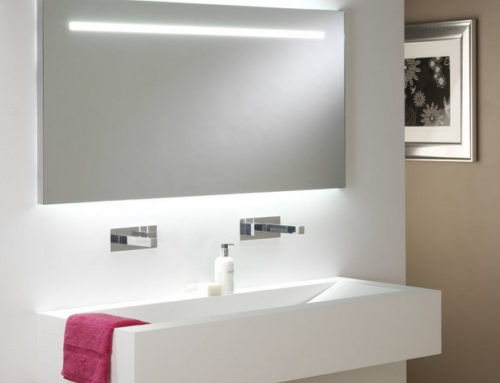Mirrors have an intriguing and complex history which spans many countries and centuries. Mirrors have always had a clear appeal that makes it possible for people to view their image without hiding anything. The ability of mirrors to reflect natural and artificial light remains unrivaled.
Without such reflection, mirrors would not be appreciated. In the early years, mirrors were actually believed to posses magical powers due to their ability to show a reflection.

For instance, there was a superstition that if in case you happen to smash a mirror, you’ll have seven years of bad luck. Such a superstition originated from the ancient times as mirrors were sees as tools used by gods. Hence, they have always been coveted and appreciated since they were discovered.
Before their discovery, ancient people would see a reflection of themselves in a lake or pond. People in ancient Egypt and Rome would use crude ways of seeing their reflection using mirrors made from metal and bronze.
Glass making has now revolutionized such that mirrors are now made of glass and they are now used as decorative pieces of art and not just to see a reflection. Almost all homes have mirrors. This article discusses the history of mirrors, with major focus on Venetian mirrors.
The history behind making mirrors dates back to 1255, a time when artisans and makers of glass and flasks settled in a place known as Murano in Italy. This is where these mirrors were first made by Venetian glass makers. Murano artisans would collect trade secrets.
Venetians joined them in such acts. Murano glass makers produced Venetian glass and this is what led to emergence of Venetian Mirrors. Glass made in Murano around the 15th Century was popular across Europe for it was a high quality, elegant, and beautiful product.

The glass makers had the knowledge and expertise to produce crystalline glass. They also discovered how to make large glass with reflective surfaces. This made them more renowned than other glass makers. The elegance of Venice made glass was linked to three reasons.
The first reason was composition of soda and salt in Italian silica. The other reason was the flame used during firing and the final reason was the level of salinity of the sea water that was used. The beauty behind these mirrors would outdo those of other competitors worldwide.
Due to the popularity of Venetian glass makers, Venice became the center of producing mirrors in early 16th century. The Venetians would use their gorgeous and world-renowned glass to make true Venetian type of mirrors.
They were considered as the purest types of mirrors you would find in the globe. Some centuries later, such real mirrors became hard to find. Smaller steel mirrors started being more common due to their affordability. But the quality of real Venetian ones would never be outdone by steel mirrors.
Hence, the Venetian ones would start being exported across Europe and the East. Palaces such as Lahore and Isfahan bought them and hung them in the palaces as decorative pieces of art.
- The real Venetian ones remained rare for a number of centuries after the 16th Polished metallic mirrors remained more widespread across the world than the Venetian ones. The small ones would be bought almost anywhere.
- Venetian style of mirrors would only be found from well established haberdashers who dealt with valuable products. For instance, a merchant known as Andre Clement had a boutique in Paris during the 1520s and he had two Venice mirrors worth more than $9,000. The mirrors were not easy to find anymore especially outside Paris.
- By 1622, Paris only had nine true Venetian made mirrors in 248 estate inventories.
- During the early years of the 16th century, these mirrors became extremely expensive. They were worth approximately $13,000.
- By mid 17th century, more materials started being introduced to make mirrors such as steel, silver, and some also bought gold for this purpose. However, anyone who used the Venetian ones knew that they were still incomparable with the newer ones with respect to beauty and quality.
Italy experienced economic depression that affected most customers. Hence, Venice had to make initiatives to target foreign markets, with France being one of the best consumers.
To know more about our Venetian mirrors in Sydney, visit: https://majesticglass.com.au/mirrors-sydney/venetian-mirrors/





